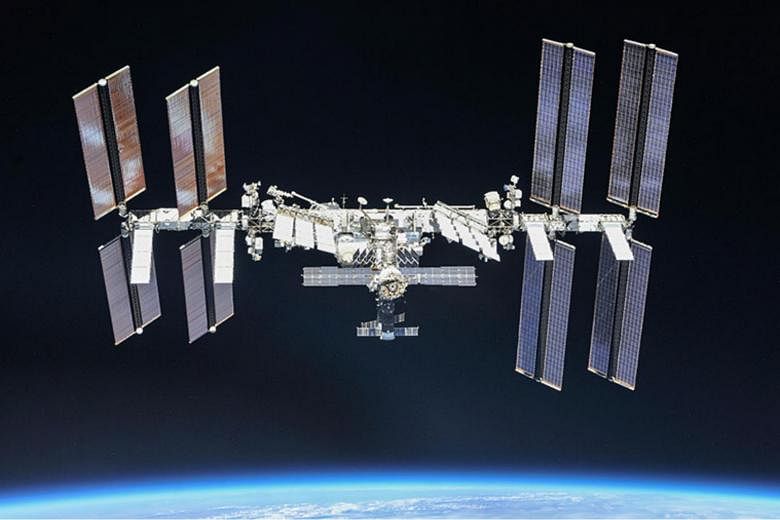WASHINGTON • Nasa acted to quickly shift the position of the International Space Station (ISS) to avoid a potentially catastrophic encounter with debris that would have passed within less than 1.5km of the orbital laboratory - a close shave in space terms.
The three-member crew was moved into a Soyuz spacecraft until the station was considered out of danger from the object, which was expected to pass by at about 5.21pm Central time on Tuesday, the National Aeronautics and Space Administration said in a statement.
The agency did not reveal the size of the debris, which would have passed within 1.39km, forcing the 150-second "avoidance manoeuvre" burn by Mission Control in Houston.
A collision with orbital debris, or space junk, of even a few centimetres in diameter would be potentially catastrophic to the space station given that objects in low-earth orbit can travel at speeds of roughly 28,000kmh and higher.
The space station's move occurred about an hour before the closest approach using thrust from the Russian Progress resupply craft that is docked on the ISS Zvezda service module.
Adjustments of the station's orbit are fairly routine, although having the crew take shelter in the Soyuz spacecraft is not.
BLOOMBERG

